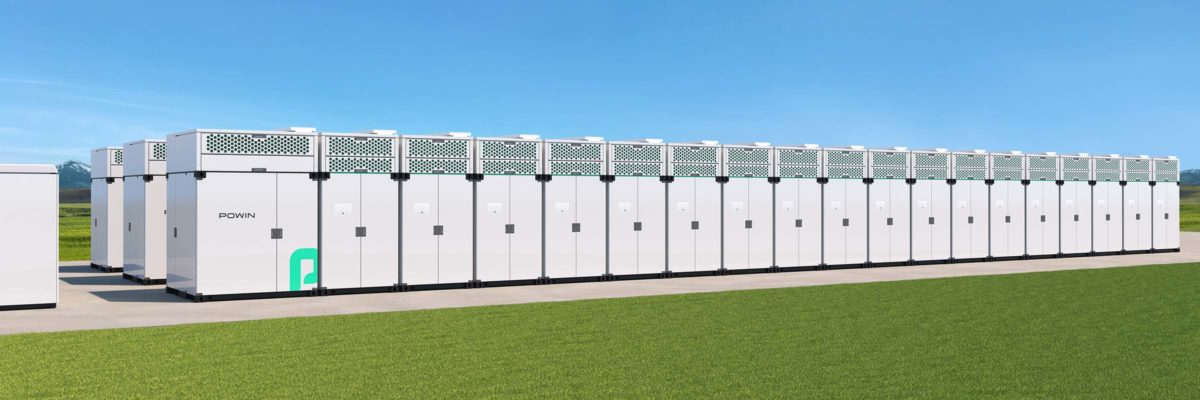Powin announced the release of Centipede, a modular battery energy storage system. The system consists of pre-integrated modular units containing batteries, thermal management equipment, and other safety features.
The company said Centipede requires half the time to procure and deploy and uses 30% less space onsite, while reducing lifecycle costs, when compared to contemporary modular storage systems. The Stack750E battery will be the first unit integrated for the Centipede system, and is designed for 2-hour to 4-hour durations. The design offers scalability and supports up to 200 MWh storage per acre.
The third-generation battery module was updated with new thermal controls, a change that Powin said will create an anticipated 80% reduction in service times. The modular units allow for granular control and monitoring of the system, increasing visibility into safety
Mass production of Centipede is expected by late Q1 2022, with first deliveries scheduled a year later. Powin said it has secured more than 2 GWh of contracts for the battery system from multinational independent power producers and utilities.
Powin president Geoff Brown said the platform will aid in increased renewables penetration, non-wires alternatives, and power decentralization. “With Centipede we have meticulously reinvented our entire storage ecosystem, including our supply chain, battery hardware, and balance of system design to create [the design],” he said.
During Centipede’s development, Powin worked with Energy Safety Response Group (ESRG), an independent testing firm, to validate the efficacy of the lithium-ion battery safety systems. The ESRG study found that in instances of failure and fire, fire does not propagate from one unit to the next, and that explosion risk to neighboring units is effectively mitigated. The system exceeded UL standards, said the company.
This content is protected by copyright and may not be reused. If you want to cooperate with us and would like to reuse some of our content, please contact: editors@pv-magazine.com.









By submitting this form you agree to pv magazine using your data for the purposes of publishing your comment.
Your personal data will only be disclosed or otherwise transmitted to third parties for the purposes of spam filtering or if this is necessary for technical maintenance of the website. Any other transfer to third parties will not take place unless this is justified on the basis of applicable data protection regulations or if pv magazine is legally obliged to do so.
You may revoke this consent at any time with effect for the future, in which case your personal data will be deleted immediately. Otherwise, your data will be deleted if pv magazine has processed your request or the purpose of data storage is fulfilled.
Further information on data privacy can be found in our Data Protection Policy.